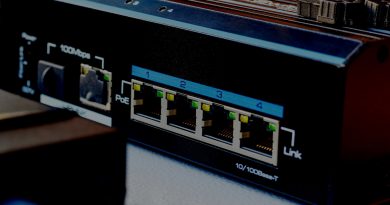Why Is Motion Planning a Big Trend Today?
The concept of motion planning is not exactly cutting edge, nor is it antiquated. Engineers and researchers have been striving to improve the path outlining of their robots almost since the beginning of the modern era of robotics.
There has been a significant amount of forwarding movement.
The algorithms have evolved in an organised and steady fashion. Robots have gradually developed the ability to plot their courses without automatically colliding with objects along the way.
This is where the newly developed motion planners for hardware come into play. Throughout the past few years, researchers have been focusing on devising new approaches to offloading the computationally intensive aspects of motion planning to dedicated hardware.
However, in recent years there has been a great deal of activity in motion planning technology. In particular, in contrast to the developments made in software in the past, many brand-new technologies contribute to the achievement of real-time motion planning. These new planners make use of specialised hardware that was developed solely for motion planning.
As a result of the recent addition of a motion planner to the most current version of the robot, our team has been giving a lot of contemporary thought to motion planning and path planning. On the other hand, these brand-new hardware technologies approach the issue from a different point of view.
Motion Planning for Humanoid Robots and Other Avatars
The past five years have seen rapid advancements in both the hardware of humanoid robotics and its control techniques. Soon, several businesses will announce that their humanoid robot prototypes will be available for sale on the commercial market. Safety mechanisms, reliable sensors and methods, general integrated software, and processes are needed to increase the independence and functional capabilities of these robots. Creating a practical motion planning algorithm and software that can avoid obstacles in humanoid robots is an essential component of enabling technology.
How does one go about using a Motion Planner?
There is a dizzying array of distinct algorithms for motion planning, and every single one operates in a somewhat distinctive fashion.
The Prospects for Real-Time Motion Planning in the Future:
This strategy has the potential to achieve real-time performance on occasion, but only if the internet connection on your robot is flawless and it does not require the transmission of an excessive amount of data.
Motion planners built into the hardware are a possibility for the solution. This purpose-built hardware is an excellent choice for use in situations and applications where real-time motion planning is of the utmost importance, such as in autonomous vehicles.




